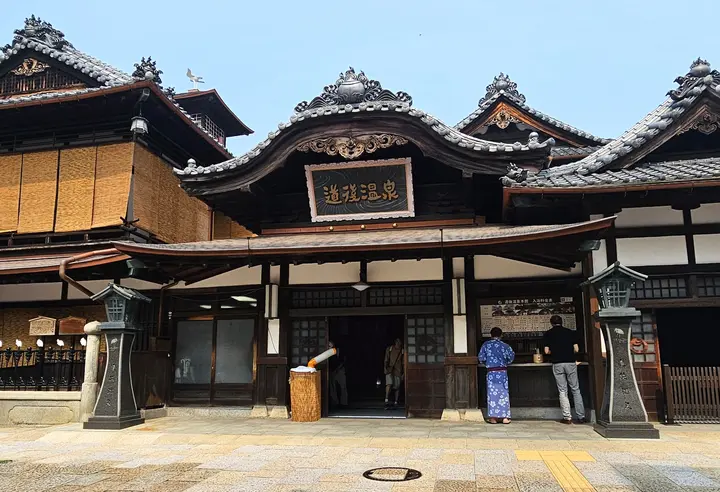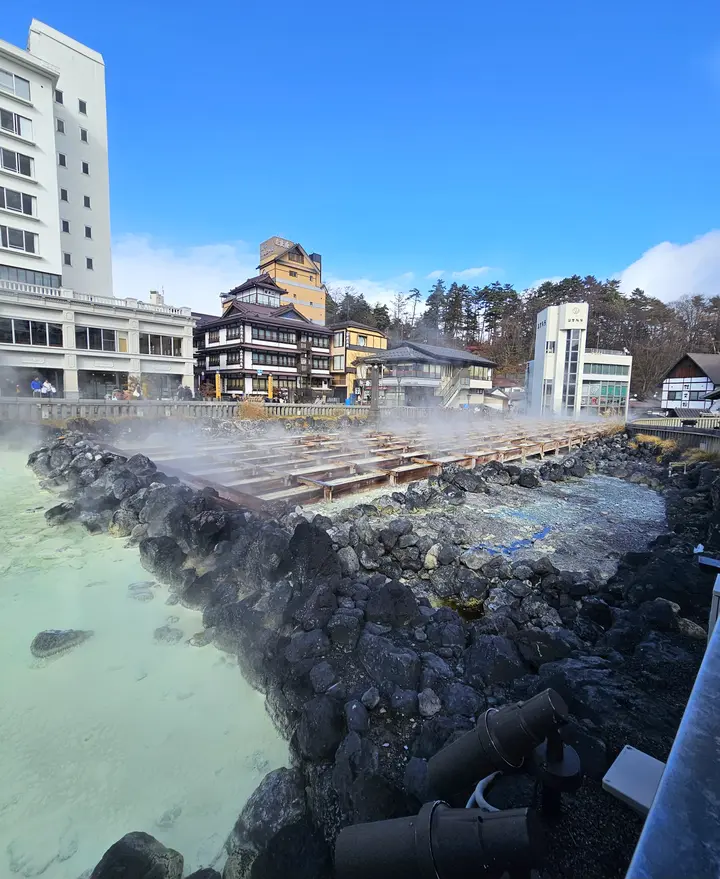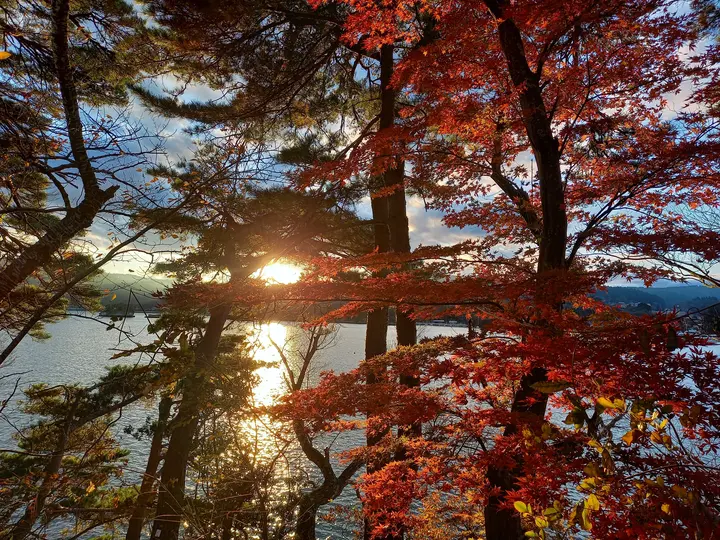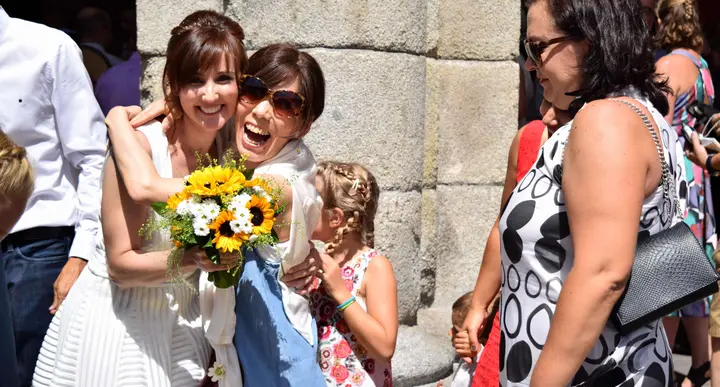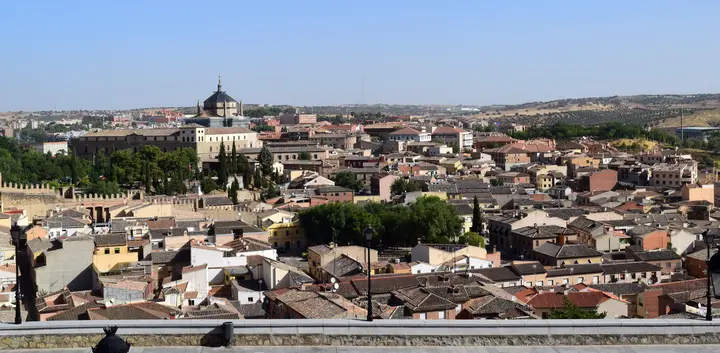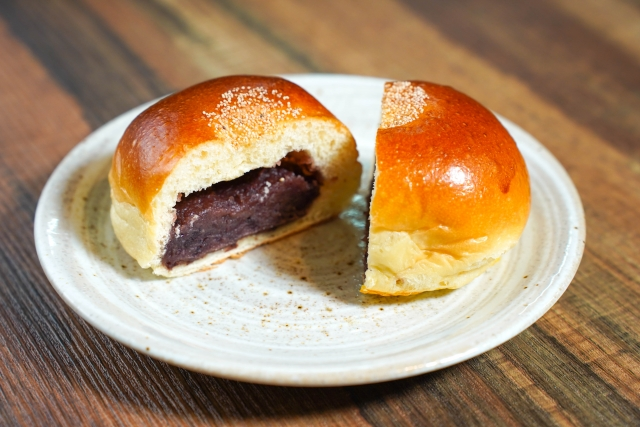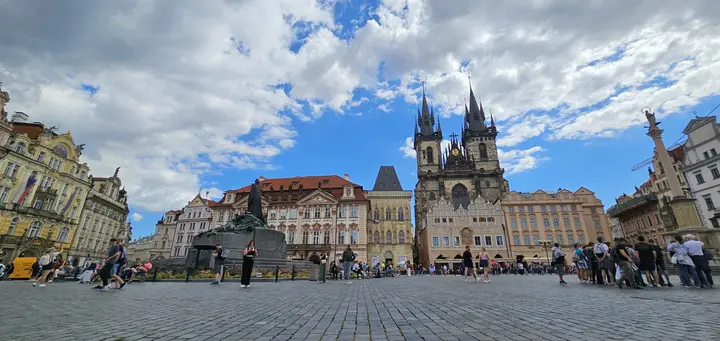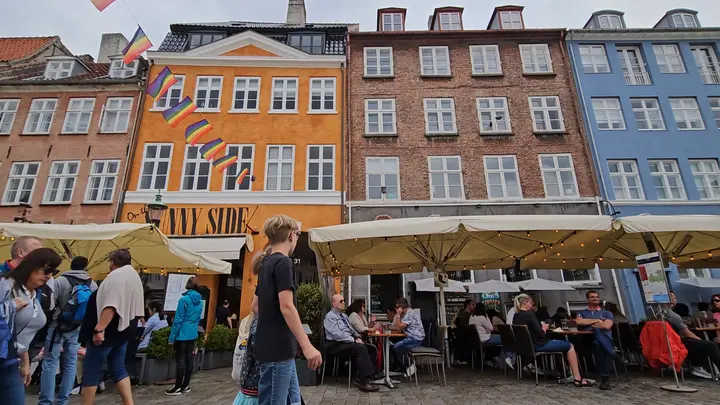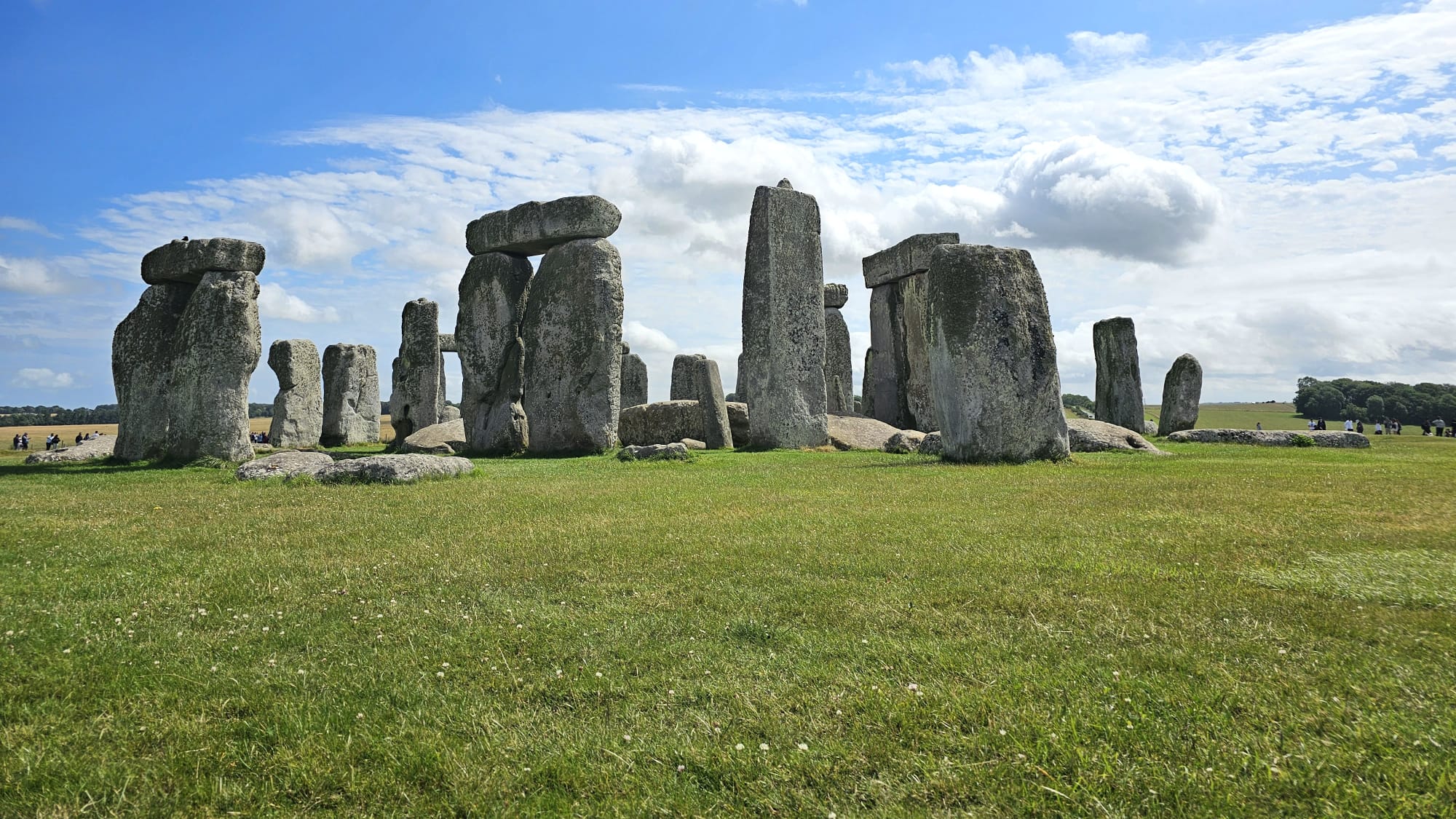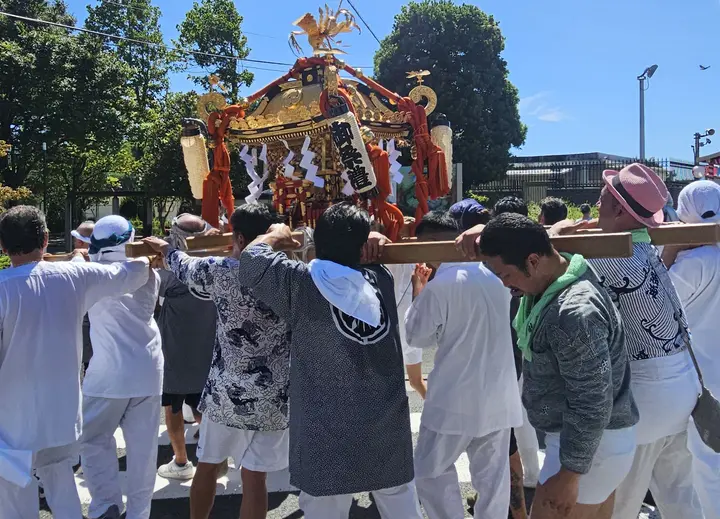
⛩️ Omikoshi: The Carrying of a God in Japan’s Matsuri
In Japan, where roughly 70% of the population practices Shinto, one of the most dynamic and colorful expressions of this ancient faith is the omikoshi—a portable shrine carried during festivals (matsuri).
Each year, I have the joy of participating in one of these festivals, joining local residents to carry the sacred shrine through the streets. It’s an exhilarating, deeply moving experience. One of my favorite parts is sharing it with friends and inviting newcomers to join in. Locals are always delighted to see foreigners participating—it adds to the excitement and inclusivity of the event.
bearers carrying the mikoshi through the town 📣 How to Get InvolvedIf you live in Japan and want to participate, look out for announcements on your ward office’s community bulletin boards or websites. These usually share dates, times, and how to sign up as a volunteer for your local festival. Don’t be shy—festival organizers are often thrilled to welcome new participants, regardless of nationality.
👘 What to Wear
Participants typically wear a traditional jacket called a happi (法被). These are often decorated with daimon—distinctive crests or logos representing local neighborhood associations.
You can usually borrow or purchase a happi from your local Shinto shrine or the event organizers. Some participants also wear white tabi socks and split-toe sandals (jikatabi) for authenticity and comfort during the procession.
Be sure to get the town's traditional jackets adorned with emblems 💪 The Omikoshi ExperienceThe day usually begins between 8:00 and 9:00 AM, when volunteers gather at the shrine for a purification ceremony led by Shinto priests. This ritual blesses the omikoshi and those who will carry it.
Once the ceremony concludes, the real excitement begins. We hoist the omikoshi onto our shoulders and begin the procession through the town. This act is more than symbolic—Shinto beliefs hold that the deity (kami) temporarily inhabits the shrine, and by carrying it through the streets, we share the deity’s presence and blessings with the community.
ceremony at the shrine prior to the processionbearers chanting as they carry the portable shrine 🏠 Rest Stops and Hospitality
Throughout the route, we stop at various homes or businesses—likely sponsors of the event. These breaks are filled with hospitality: snacks, bento lunches, energy drinks, and even a bit of sake to keep us going. It's a lovely reminder of how deeply community and generosity are woven into Japanese festival culture.
a resident providing snacks and beer 🔱 Shaking the ShrineA unique and energetic aspect of the festival is the vigorous shaking of the omikoshi. While it may look chaotic, this movement is intentional and joyous—it’s believed to delight the deity, helping ensure a bountiful harvest, protection from misfortune, or general well-being for the town.
👧 Kids Join Too!Children also get involved, often carrying miniature omikoshi of their own. They parade along with the adults, smiling and chanting as they go. Their presence adds a heartwarming, festive energy to the event and reflects the tradition’s intergenerational nature.
children following us with their own omikoshi 🎉 Wrapping Up the DayBy around 3:00 PM, the omikoshi returns to the shrine. The day concludes with a celebratory banquet, where volunteers, shrine staff, and townspeople gather to share food, drinks, and reflections. It's a moment of bonding, joy, and gratitude—both for the successful procession and the community that made it possible.
events being set up around the jinja 🛏️ Top Places to Stay in Tokyo ✅ Must-Do Activities in Tokyo 🌟 The Deeper Meaning of OmikoshiMore than just a religious artifact, the omikoshi is a symbol of spiritual connection, community unity, and cultural identity. It’s a sacred vessel believed to temporarily house a kami, allowing the deity to leave the inner sanctuary and walk among the people.
This act of bringing the divine into the streets is deeply meaningful:
- It blesses the community and protects it from harm.
- It serves as a ritual of purification, clearing away spiritual impurities.
- It strengthens social bonds, as residents come together in cooperation.
- It preserves tradition, passing important cultural values on to younger generations.
Participating in an omikoshi festival is one of the most authentic ways to engage with Japanese culture. It’s energetic, deeply rooted in tradition, and wonderfully inclusive. Whether you’re spiritual or simply curious, the experience offers memories that will stay with you forever.
If you ever have the opportunity—don’t hesitate. Jump in, lift that shrine, and be part of something truly special.

